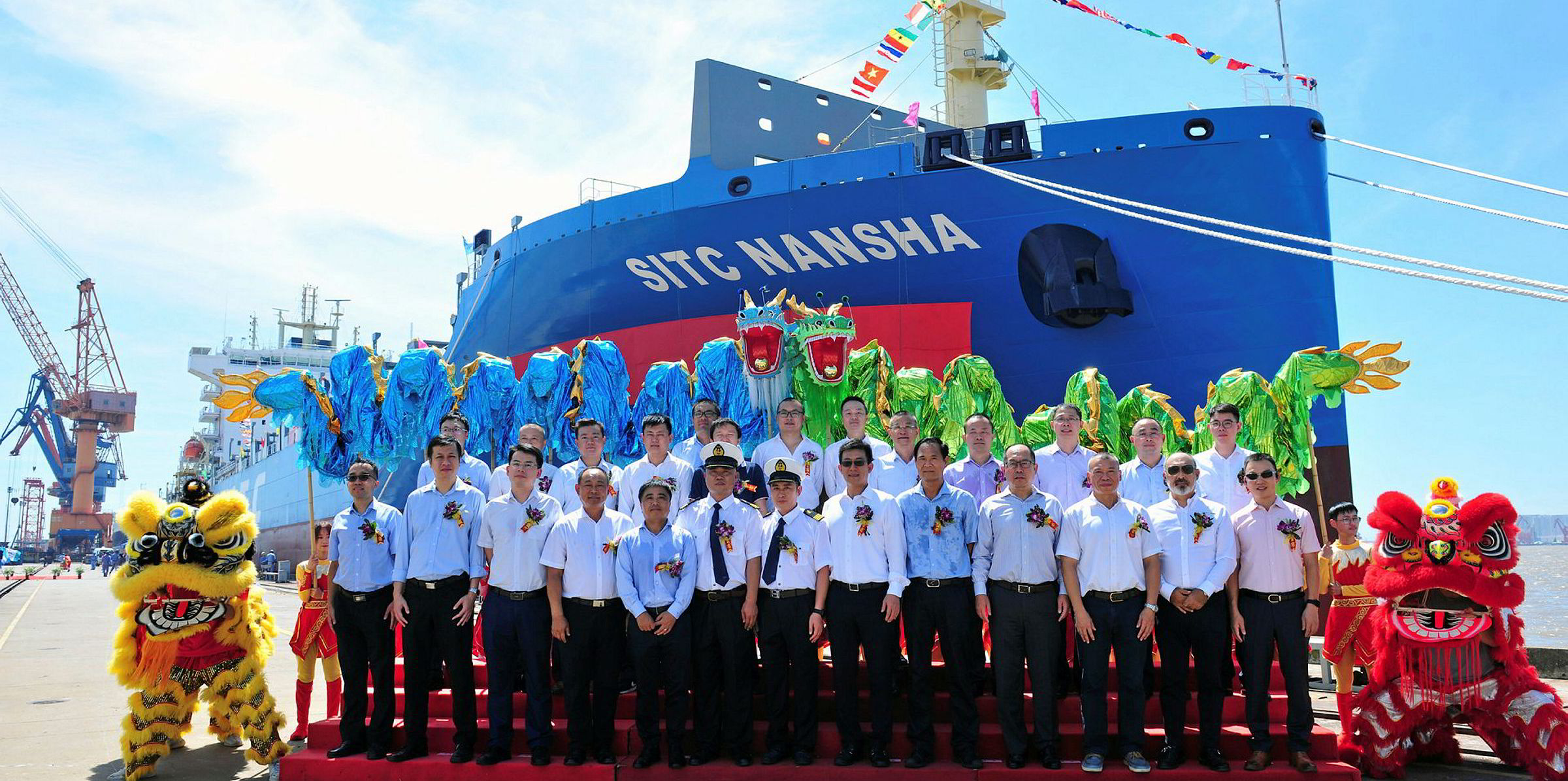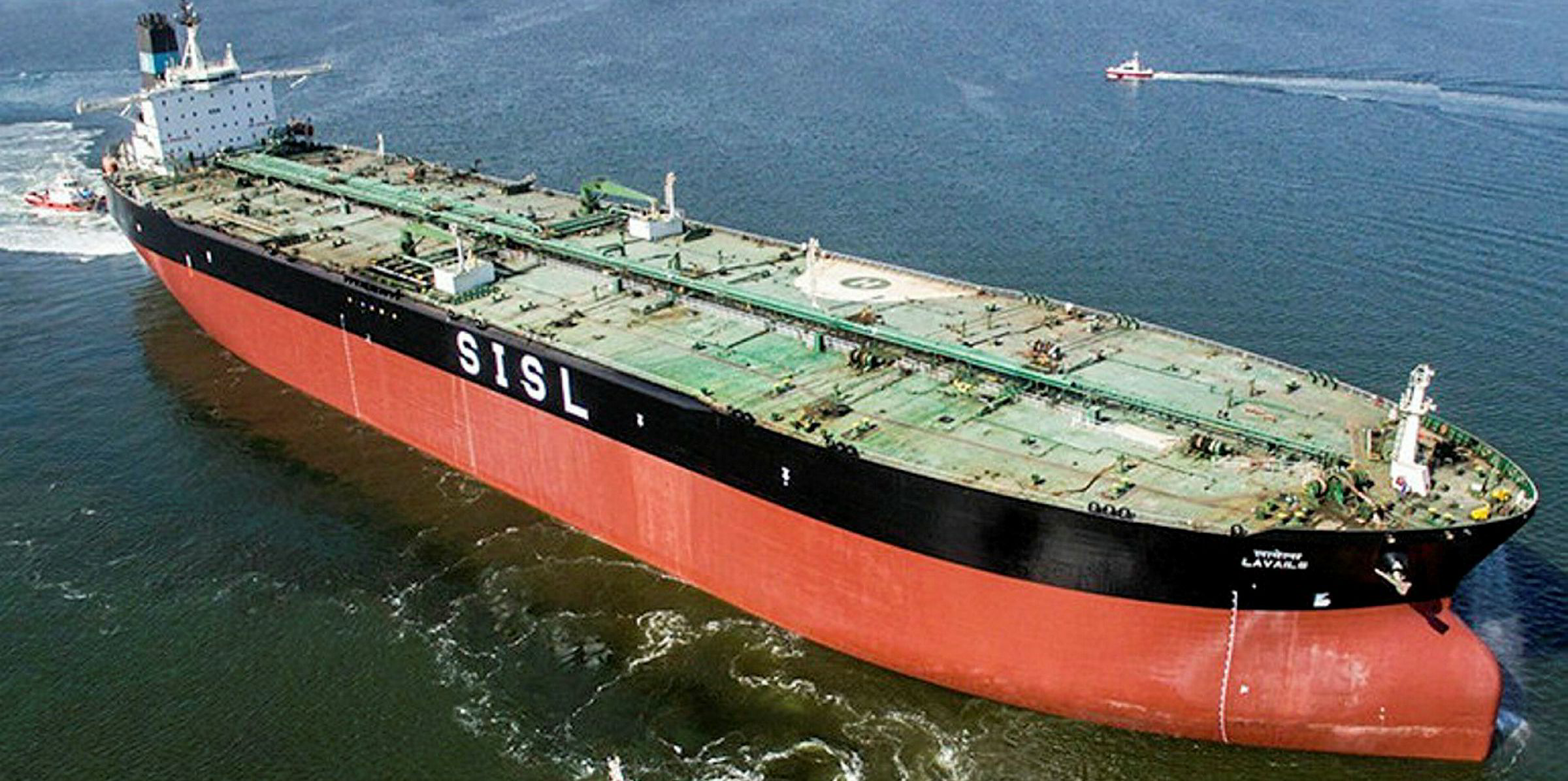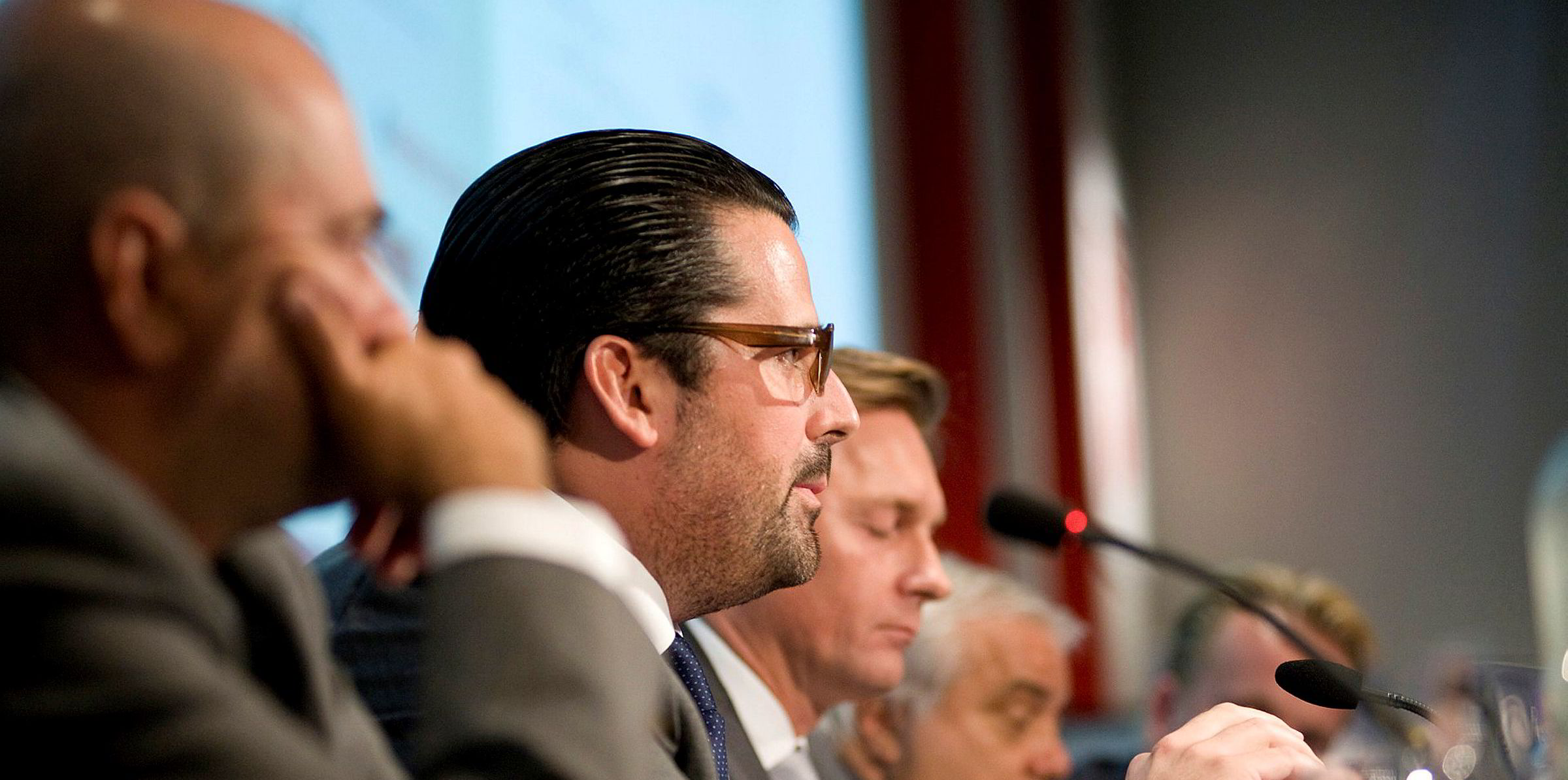The newbuilding orderbook is now at its lowest point since 1989, with further drops likely, according to Clarksons Research.
Vessels contracted at shipyards now equate to just 7.4% of the operational fleet, the research arm of UK shipbroking giant Clarksons has calculated.
"Thirty years is a long time in any sphere, and an even longer time in a fast-paced industry like shipping. The markets of the 1980s seem dim and distant, with a heroic boom and a few crises in between," said Clarksons Research analyst Trevor Crowe.
But he said the appearance of the orderbook as a percentage of the fleet has a similar look to back then.
Crowe identified three "moving parts" to the supply picture.
The obvious one is the volume of ordering. Since the orderbook was last equal to less than 10% of the fleet back in 1993, the great shipbuilding boom of the 2000s saw vessel ordering average 164m dwt per year between 2003 and 2008, he said.
This took the orderbook as a percentage of the fleet ratio to a peak of 52% at the end of 2008, with record ordering ending at the onset of the global financial crisis.
And the figure has dropped steeply since.
Financing tight
Individual years have seen strong ordering, for example 158m dwt in 2010 and 180m dwt in 2013, Crowe said.
But subdued markets, tightened financing conditions and reducing shipyard capacity have limited order volumes, with 2016 a 30-year low at 30m dwt, pushing the ratio down to 12% by the end of that year.
Clarksons estimates global yard capacity today at about 40% below the 2010 to 2011 peak.
And this year, impacts from Covid-19, including yard closures, travel disruption and market uncertainty, have amplified concerns over fuelling and technology choices, Crowe said.
So far just 23m dwt has been ordered. The full year total could be similar to the lull of 2016. the analyst believes.
The second part of the story is deliveries, and while the pace has slowed since the peak of 168m dwt in 2011, with a period of increased delivery slippage following the financial crisis, most of the ships on order were eventually handed over.
Pace of deliveries eases
Between 2010 and 2019 annual deliveries averaged 116m dwt.
This year, deliveries have continued to ease, with disruption at yards in China a factor earlier in the year.
The 2020 total is projected to reach 84m dwt, way above the order total, with the size of the orderbook falling by 20% from 195m dwt at the start of the year, to 156m dwt by September.
The third factor is the size of the fleet, which stands at 2.1bn dwt, 75% bigger than at the onset of the financial crisis, having increased by a compound annual growth rate of 4.8% in the 2010s.
"Although today’s orderbook is actually double the size it was back in the mid-1990s, this is another downward pressure on the ratio," Crowe said.
Sector differences
"So, the 'classic' orderbook to fleet ratio has been falling for most of the last 10 years, and is now back to where it was more than 30 years ago."
There are sector variations, with LNG carriers at 22%, for example, but the tanker, bulker and boxship ratios are all at multi-decade lows.
"Ordering and delivery scenarios suggest the overall ratio could drop lower still in the short-term, and maybe it will be renewal of the fleet driven by the green transition and alternative fuels that could eventually send it upwards again," Crowe said.
"Whatever the future, today the 'short' orderbook is one comforting data point as shipping markets chart a course through the Covid-19 crisis."
TradeWinds reported earlier on Monday that tanker scrapping was at a 30-year-low as floating storage kept older ships busy, according to UK shipbroker SSY.
Oslo-listed Okeanis Eco Tankers said last week that the tanker supply situation could be the "most bullish" in history.






